CROSSROAD BY NINO MIGLIORI
Immaginate una conversazione di letteratura. E poi di storia. E di geografia, di fotografia, di vita. Immaginate di guardarle le cose che vi dicono, di vederle dentro un paio di occhi profondi e accoglienti. Perché dentro c’è un mondo già raccontato e uno ancora da vedere. Ci stanno tante cose ancora, lo spazio è grande.
Interview by Gianmarco Marabini – Photo by Natalie Novarese
After all this years and all the questions reporters asked you, is still something you would like to talk about?
Yes. I would love to say it to you, as you deal with writing. Photography is still considered a form of art in Italy. I perceive it more likely the Americans do. For me it is a way of communication more similar to literature. A type of writing which has images as its code. And I am not the only one who believes that. Umberto Eco for example is another one.
Where does this idea come from?
Photography was created about one hundred thirty years ago. So we are still in its prehistory. Yet twenty-four billion of pictures are taken every day in the world. The only other human activity which surpasses photography is language.
Do you think that photography is a subjective activity as well as writing?
Absolutely yes. A picture never represents reality. It is impossible to think that there is no mediation by the one who takes the picture. I don’t believe in documentary shoots.
Do you have any kind of anecdotes?
It was a morning back in the Seventies. I was in piazza Maggiore and there were the Cardinal who was giving the benediction, street cleaners doing their job and young protesting university students that were carried away by the police. By taking three different pictures from three different angles I could have sent each one to a different journal for three completely different articles. Yet the scene was just one.
What do you expect from the future as far as photography is concerned?
That images could be transmitted directly to brain with cerebral electro stimulation. In America thirty Universities were given sixty million dollars for the research in the next ten years. And they already got to make the brain divide black and white with electro stimulations in Atlanta. With these two colors it is already photography.
Any ideas what your next work is going to be?
I just came back from Beirut, where I was the European testimonial for Mediterranean photography. And I am looking forward to go back there and work on conditions in refugee camps which are there. And then write a book about that.
As we are waiting for that, what is the book you are most connected with?
I must admit I am not fond of literature. As I said, my way of writing are pictures. If you had asked me who were the artists I was most inspired by I would probably have said Duchamp and Leonardo. But here it is, the author who surely most influenced me and my works was Lucretius. In De Rerum Natura there is everything a person should know.
Il MONDO DI NINO MIGLIORI
Dopo tutti questi anni e le interviste che ha fatto, c’è qualcosa che vorrebbe ancora dire sulla fotografia?
Si. E proprio a voi mi piacerebbe dirlo, a voi che vi occupate di scrittura. In Italia la fotografia è ancora considerata una forma d’arte. Invece io la intendo alla maniera americana. Per me è un canale comunicativo più vicino alla letteratura. Una scrittura che ha come codice l’immagine.
E non sono l’unico a pensarla a questo modo. Vedi, per esempio, Umberto Eco.
Da cosa nasce questa convinzione?
La fotografia esiste da appena 130 anni, siamo ancora alla preistoria. Eppure ogni giorno si scattano 24 miliardi di foto in tutto il mondo. Solo le parole superano questa quantità, nessun’altra attività comunicativa umana.
Crede che la fotografia sia soggettiva come la scrittura?
Assolutamente si. La fotografia non rappresenta la realtà. E’ impossibile pensare che non vi sia una mediazione di chi scatta la foto. Non credo nelle foto documentaristiche.
Ha qualche aneddoto a riguardo?
Era una mattina degli anni Settanta. Mi trovavo in piazza Maggiore e contemporaneamente vedevo: il Cardinale che dava la benedizione, gli spazzini che pulivano le strade e i giovani universitari in protesta che venivano allontanati dalla polizia. Scattando da tre diverse angolazioni avrei potuto mandare una foto ad un giornale di sinistra ed un’altra ad uno di destra per servizi completamente opposti.
Che cosa si aspetta dal futuro della fotografia?
Che si possa arrivare a trasmettere le immagini direttamente al cervello attraverso la stimolazione della corteccia per mezzo di sensori. In America lo stato ha stanziato 60 milioni di dollari per trenta università al fine di condurre questa ricerca per i prossimi dieci anni. E ad Atlanta sono riusciti con l’elettrostimolazione a far scindere al cervello il bianco ed il nero. E’ già fotografia.
E il suo lavoro come si svilupperà?
Sono appena tornato da Beirut, dove sono stato testimone europeo per la fotografia del Mediterraneo. Ed ora vorrei tornarvi per lavorare sulle condizioni dei campi profughi, nella cui gestione anche l’Italia è coinvolta. Poi scrivere un libro su ciò che ho visto.
Aspettando la sua nuova pubblicazione le chiedo, qual è il libro a cui più è legato?
Tolto il prossimo che scriverò? Devo dire che non sono molto legato alla narrativa. Come ho detto, la mia scrittura è la fotografia. Se mi chiedessi gli artisti che mi più mi hanno ispirato direi Duchamp e Leonardo. Però ecco, l’autore che sicuramente mi ha maggiormente influenzato e che ho letto di più è stato Lucrezio. Nel De Rerum Natura c’è tutto quello che si dovrebbe sapere.
Share:

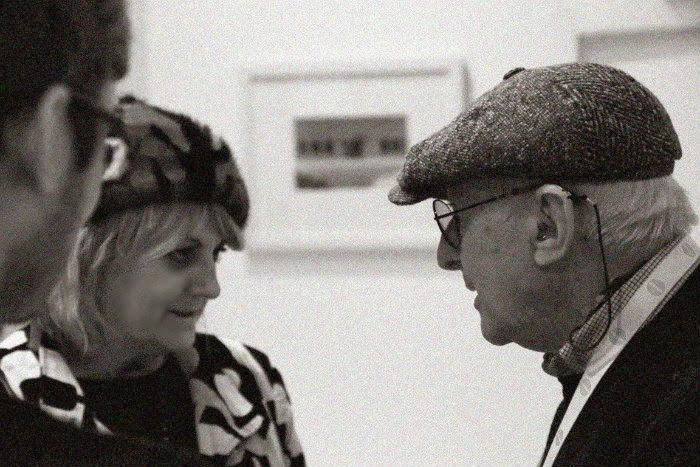




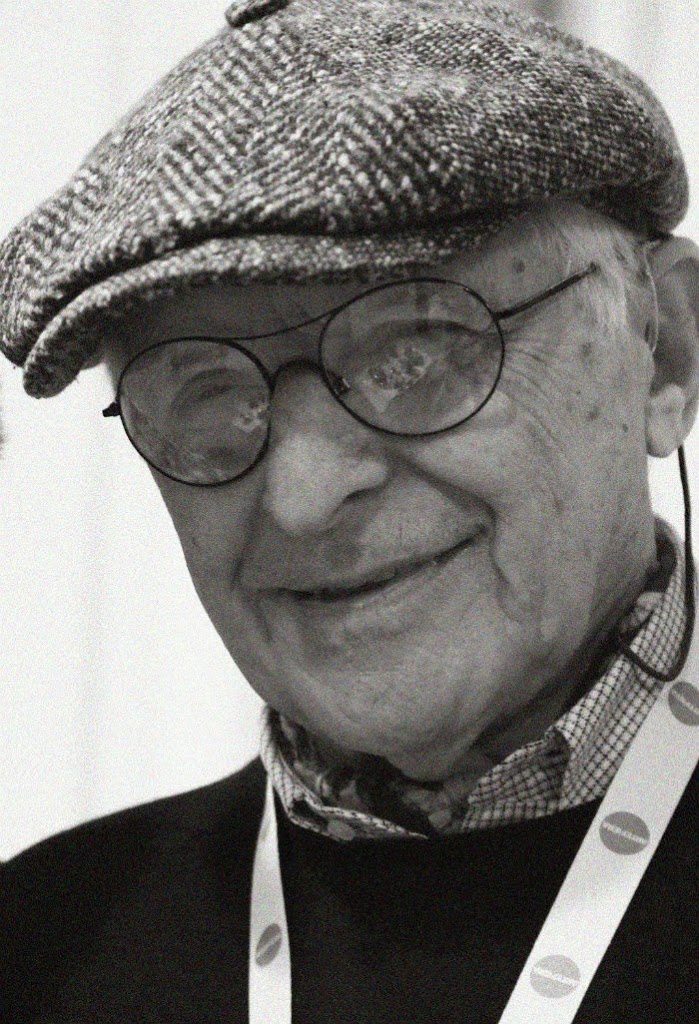
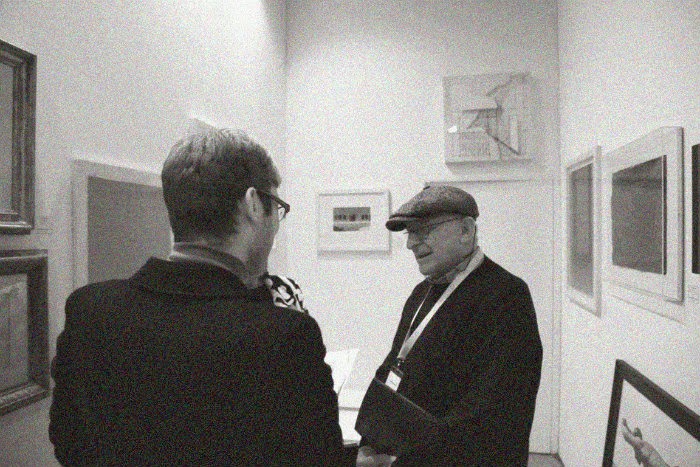





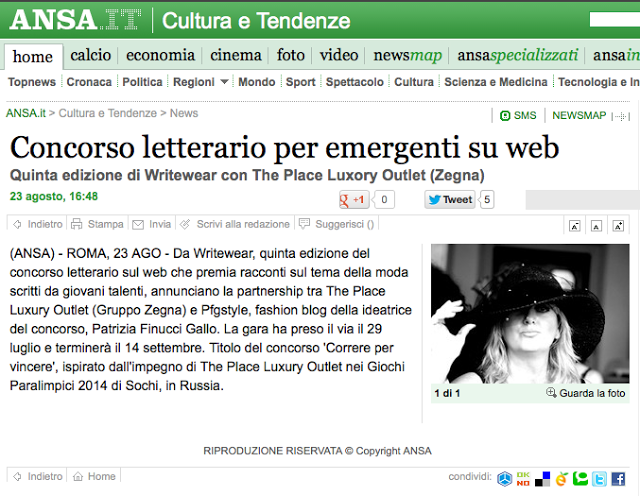
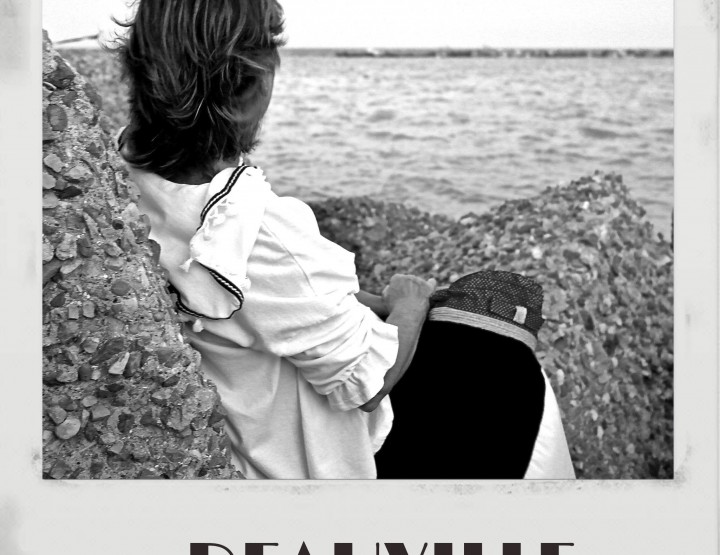
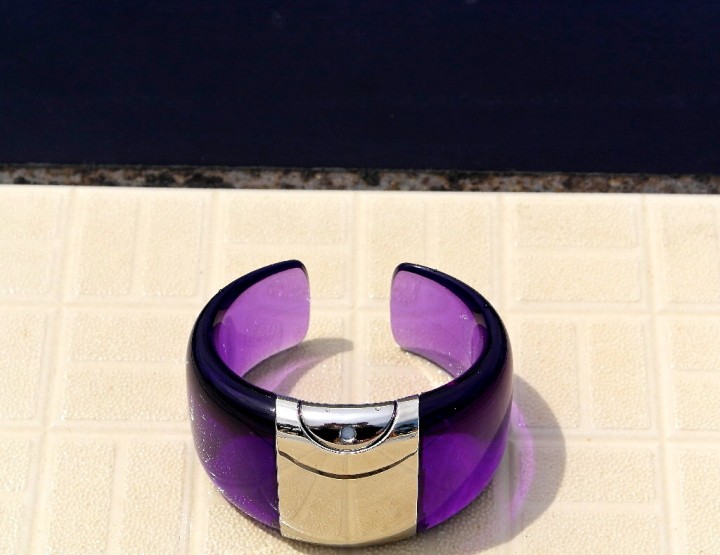

Che bella intervista complimenti hai fatto un ritratto eccellente!
Bellissimo articolo! intervista fantastica e foto favolose :)
www.robyzlfashionblog.com
Un'intervista fatta con maestria!
Dev'essere stata un'esperienza unica!!
XOXO
Cami&Marci
Paillettes&Champagne
bella intervista l'ho letta tutta d'un fiato!!! :))
Molto bella l'intervista!
Decisamente irreverente, ma simpatica!
Alessia
THECHILICOOL
FACEBOOK
Kiss
ottima intervista
FASHIONSEDUCER.COM
Patri grandissima come sempre!
intervista interessantissima!
bacio
Cri
http://www.2fashionsisters.com
Non conosco quest' artista ma devo dire che è un illuminato! E' si che la fotografia non è solo un'arte ma è comuncazione vera... le foto sono bellissime
mi è piaciuto molto questo post Patrizia, e belle anche le foto!
Che bella intervista! Un personaggio davvero interessante...
Un bacio,
Greta
http://sodifferentblog.wordpress.com/
arte splendida
♡B.
LOVEHANDMADE.ME
Lovehandmade - finding fashion